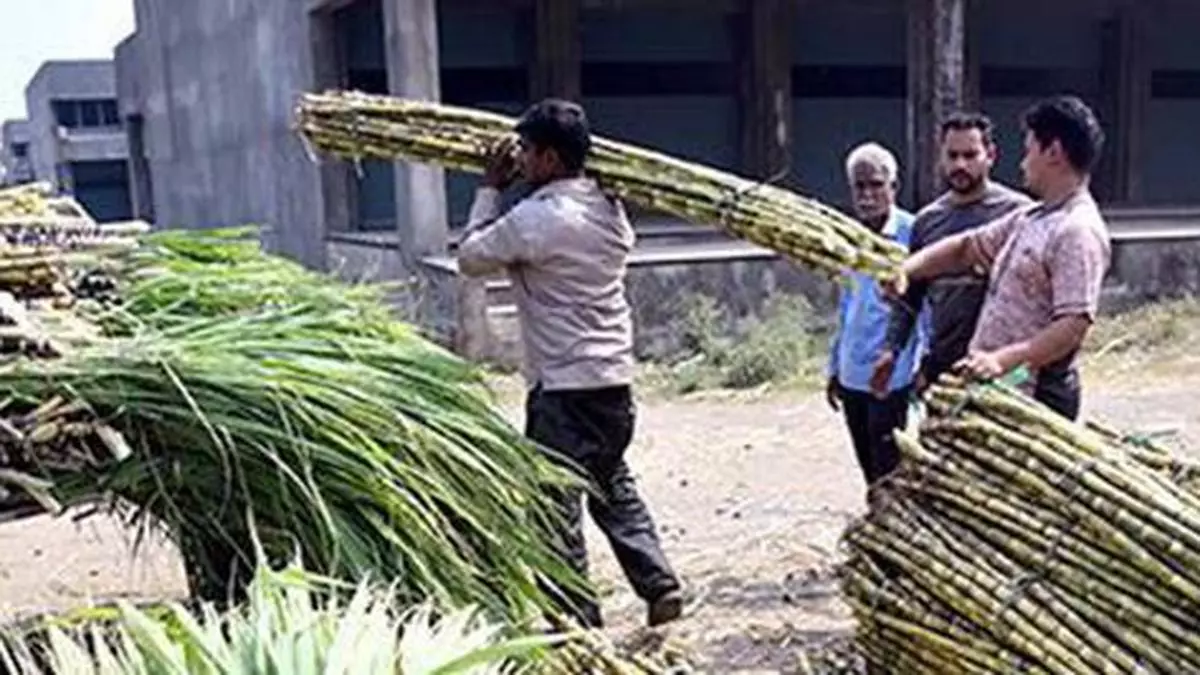
The world’s ecosystem is facing threats due to human activities, resulting in significant biodiversity loss and the decline of ecosystem services. Recognising the pivotal role of ecosystem services in urban development, there is an opportunity to address these challenges through strategic ecological restoration efforts.
Given that agriculture’s expanding footprint is causing habitat loss, preventing wild lands from being converted into farmland is critical to maintaining biodiversity. By embracing both traditional knowledge and new research, farmers and scientists are producing food in a way that harnesses biodiversity to make the most of what nature provides. This approach is called agroecology, and is a core component of regenerative agriculture, which builds up natural resources like healthy soil and water rather than using them up.
While embracing agroecology is a revolutionary shift away from industrial farming, it’s nothing new: these practices are often adapted from the practices of indigenous people worldwide, who have created complex agroecological systems that exist in balance with nature. Preserving and reviving these indigenous traditions can make agriculture around the world more sustainable and help preserve biodiversity. The fact that 80 per cent of the world’s biodiversity is preserved on lands that are managed by indigenous people is a testament to agroecology’s potential.
Playing vital role
Agricultural biodiversity not only sustains the food-based bio-resources, but it plays a vital role in maintaining a viable population of various dependent flora and fauna, that play an important role in providing nutrients, pest management and propagation of the agricultural diversity. In this, one of such important faunal species is the Sarus Crane, directly associated with agriculture.
Sarus Cranes (Grus Antigone) in India have benefited from long-standing cultural and traditional values of farmers. There are 15 crane species in the world out of which the Sarus crane is the only resident species found in India. The major population of Sarus cranes are found in Uttar Pradesh, Gujarat and Rajasthan. They are classified as “Vulnerable” in the IUCN Red List. The prominent growing conservation challenges for Sarus cranes are local threats like egg mortality and land use change, and broader threats like industrialisation, land use change, and changing climate. Challenges to Sarus crane conservation are enormous, but persisting traditional agriculture and positive farmer attitudes offer considerable advantages. Framing and developing initiatives around these advantages will be critical to executing efficient and long-term conservation interventions.
But for farmers to take steps to boost biodiversity, we must sensitise them first and make them aware of how it can in turn benefit them. One effective initiative in this regard is the Sarus Crane Conservation Programme in Gujarat’s Kheda and Anand districts. This serves as a compelling case study of how farmers can actively contribute and play a crucial role. Due to the reduced availability of natural habitats, the Sarus crane has adopted the sub-optimal habitat of paddy fields for its survival. Out of the three population stronghold States in India, Kheda district in Gujarat is the only place where maximum number of nests are found in the paddy fields. The Sarus crane uproots the paddy saplings for building its nest because of which the farmers considered the bird as a pest for paddy, and they remove the nests and eggs in their agriculture fields.
The program is focused on conserving the Sarus crane population, building partnerships with the forest department and the community, educating farmers and local communities and building capacity to sustain the conservation efforts. The status of the species is documented, while important roosting, breeding and congregation sites are identified. Threats to the birds and their habitat are investigate. Armed with this information, a mammoth awareness campaign was conducted with 521 sensitisation programmes involving 58,665 community members including farmers, teachers and students across 40 villages. This led to the formation of 88 Rural Sarus Protection Group volunteers in these villages. The results speak for themselves as Sarus numbers went from 500 in 2015 to 1254 in 2023.
Farmers were a pivotal part of this effort and played a key role once they were sensitised about the benefits of Sarus conservation for the agrarian ecosystem, especially when it comes to pest management. Thus, as is evident, farms and biodiversity need not be at odds with each other. In today’s world, with the challenge of global warming, we need to conserve biodiversity, our strongest natural defence against climate change. By practicing sustainable, modern, informed methods of agriculture, we can have the best of farms and biodiversity.
The author is Vice President – CSR, UPL Ltd
Crime Today News | Business & Economy
Source | Powered by Yes Mom Hosting







